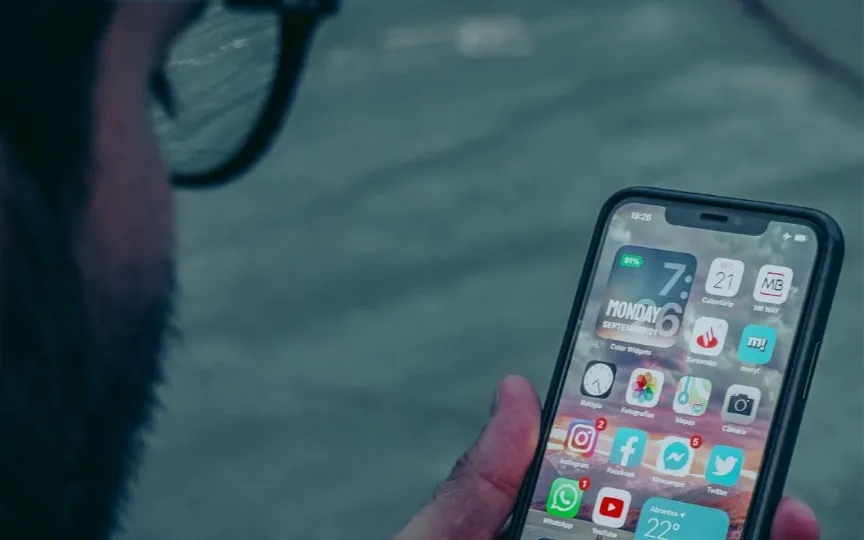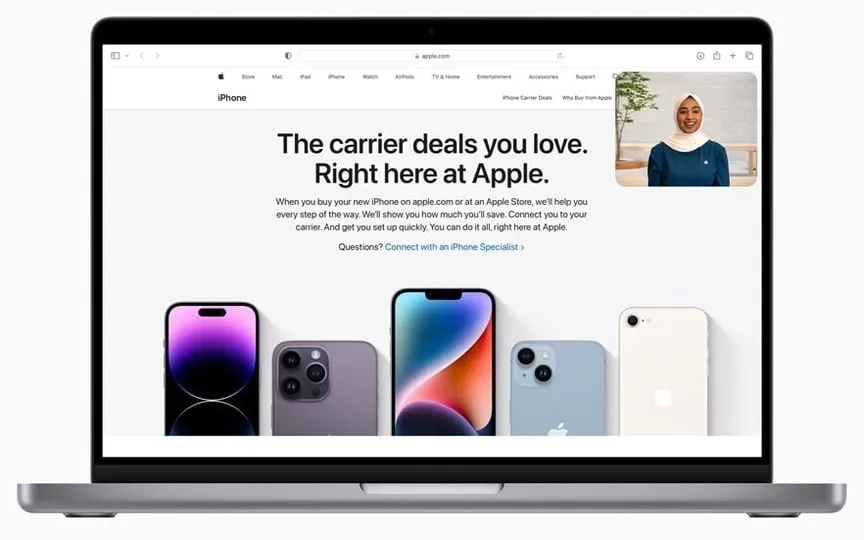This Startup Could Bring Face ID-Like Security Technology to Android Users
Apple has offered Face ID on the iPhone for a few years, and its security is foolproof enough for the company to ditch Touch ID altogether. The situation with Android phones has been different, as people feel more secure with a biometric fingerprint sensor than a software-based face unlock feature.
But we may finally have a breakthrough thanks to this one startup that has joined hands with one of the biggest mobile brands to make security technology affordable and ready for mass adoption.
A Harvard Labs-based startup called Metalenz has teamed up with Samsung and talked about Polar ID, which is likely to be a Face ID competitor and eventually a secure facial recognition technology for Android users. Samsung’s role in its development is the use of the company’s ISOCELL Vizion 931 sensor.
Metalenz has claimed that Polar ID is an ideal tool ready for mass use, as the technology is said to be smaller, cheaper, yet more secure than the facial recognition feature on Android phones, which is very easy to believe.
So what makes Polar ID more secure than the current technical features?
Metalenz has facial authentication technology that claims to store each user’s unique signature, something Apple also offers with the iPhone’s Face ID. Secure face technology is crucial because people usually use the feature to make payments, and the future of passwords makes it an even more central part of the setup.
Samsung offers a sensor paired with security technology, and having a giant in its wings means you can get a financial cost in the game, allowing more brands to take advantage of the feature and bring it to more users.
It has been mentioned that Polar ID technology may be available on Android phones in the second half of 2024, which could make it mainstream next year. We’re eager to test the feature and see how it stacks up against Face ID. Despite this, Metalenz sees the technology going beyond security and perhaps even part of the mixed reality ecosystem.




